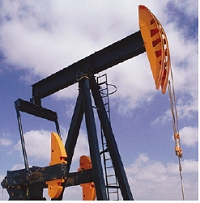
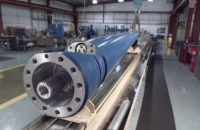
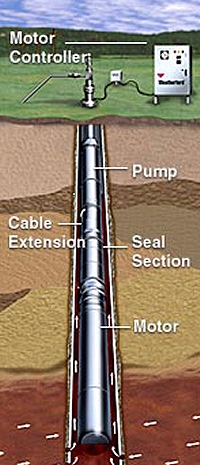
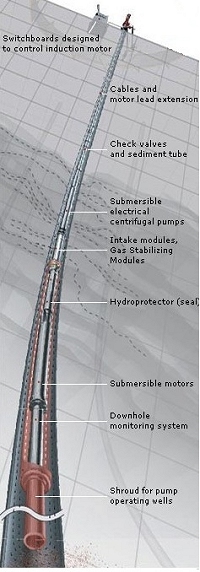
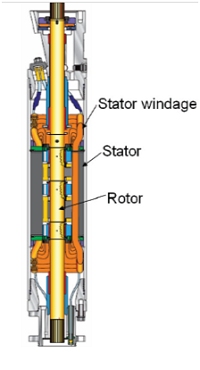
Oil & Gas
SDT offers a complete motor/drive/generator design solution for most upstream, midstream and downstream applications. With an increasing need for Oil and Gas exploration, production, storage, transportation and refining, the environments are becoming more extreme.
Motors and generators provide a lifeline to driven equipment, which is critical to the production and operation of these facilities. Strict adherence to industry and customer specifications are crucial to assure optimal uptime.
Motor Applications
Common applications are pipeline pumps, blowers and compressors for the transportation of oil and gas.
This sector represents the most diverse range of applications requiring new products with the best technologies.
With increasing output requirements for rotating equipment the need for large induction (asynchronous) and synchronous machines is important. Reliability and safety are always a top priority for this segment.
Submersible Motors
Water Systems
One SDT is clean water pumping systems, where the company offers motors, drives, and controls for use in a wide variety of residential, commercial, agricultural, and industrial installations.
Fueling Systems
In addition to water systems, SDT has experience in submersible pumping technology for underground gasoline, diesel, and biofuel storage pumping systems. Building on this technology and its knowledge of the industry, including submersible motors for surface and downhole applications.
Submersible Pumping
Submersible Pumping Systems, is responsible for providing the industry with some of the most innovative product designs ever. Among these innovations are the highest performing submersible pumps available
Artificial Lift Technologies
Artificial lift uses some means to increase the flow of liquids (i.e., crude oil or water with some amount of gas included) to the surface of a production well.
Gas lift, ESP, Rod Pump, PCP, Jet Pump, and other technologie. Determining the best artificial method for production field, ie. reliability, economics, performance, specification, root cause analysis and problem resolution.
In the oil and gas industry, electric submersible pump (ESP) systems are probably best known as an effective artificial lift method of pumping production fluids to the surface.
Electric Submersible Pump - ESP Artificial Lift Technology
The ESP unit consists of a motor, pump, protector or seal, intake or gas separator, cable, switchboard or variable speed drive, and several accessories. The ESP unit comes in a wide range of sizes.
There have been a lot of technology improvements over the last 25 years that allow the ESP to operate in many difficult applications.
These improvements comprise Advance Variable Speed Motor Drives, Automation, High Temperature technology, metallurgy in the pump that helps with sand and wear, along with high load bearings.
Advanced Induction, Switch reluctance and Permanent magnet motors Variable Speed Drives; has allowed the ESP to be slowed down and speed up to help keep the pump to within the recommended range.
Electric Coiled Tubing Drilling (CTD)
We can design and develop a ‘fit-for purpose’ advanced technology drilling motor for a CTD application. Advanced brushless motor technology with different configuration can be employed because of the high power and torque per unit volume, with maximum torque being delivered down to zero speed, unlike conventional drilling motors
Ultra High Speed Brushless Motor Technology
Ultra High Speed Drilling is one area of development that may offer significant benefits to the microhole initiative, including faster penetration rates at lower weight.
- Multiple motors in series or parallel for step or reaming drilling
- Concept:: radial and axial flux brushless motor configurations, scalable/adjustable, reversible
- A natural ability for ultra high speeds without gearing
SDT’s R& D: Constant search for new materials and advanced motor design technology for submersible equipment – particularly motor technology used in challenging environmental conditions;
- New materials.
- Thermal regime in operating conditions.
- New concept motor investigation
- Rotor dynamics and vibration.
